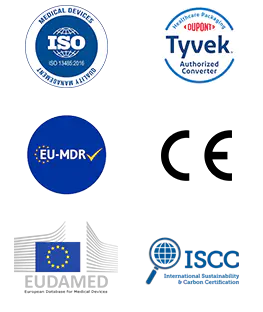Content
- 1 1. How does Tyvek compare with traditional medical paper?
- 2 2. What are the advantages of Tyvek in the Central Sterile Supply Department (CSSD)?
- 3 3. Does Tyvek Roll Still Hold an Advantage Under Environmental Regulations (Such as the EU MDR)?
- 4 4. What Are Tyvek's Advantages in Process and Innovation?
- 5 5. The Broader Significance of Choosing Tyvek Roll Stock
1. How does Tyvek compare with traditional medical paper?
When we ask, "How does Tyvek material compare with traditional medical paper?", we are actually exploring the fundamental differences in material performance for sterilization packaging.
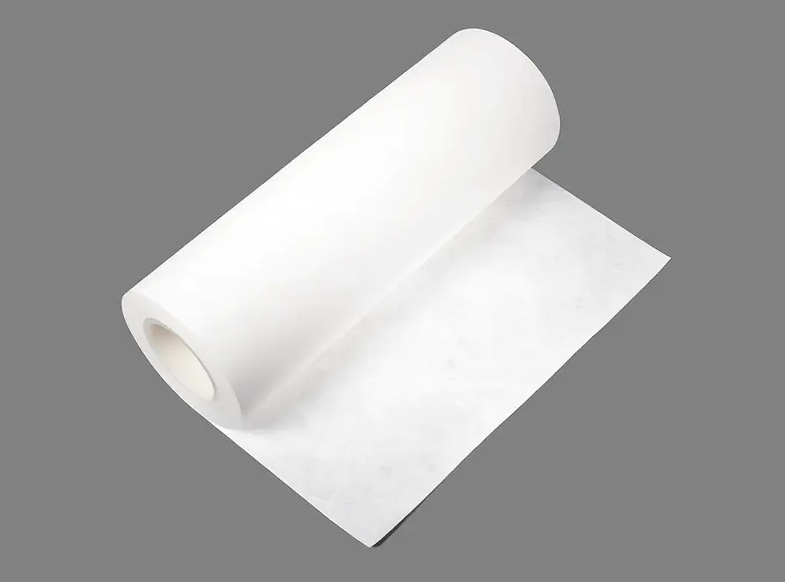
According to industry data, Tyvek provides outstanding microbial barrier protection, tear resistance, and compatibility with multiple sterilization methods. A technical blog even described Tyvek sterilization rolls as "superior to traditional medical paper sterilization rolls, mainly due to their exceptional strength, durability, and protective performance."
The specific advantages can be summarized as follows:
Strength and Tear Resistance:
Tyvek is made from high-density polyethylene fibers, offering resistance to tearing, abrasion, and puncture. Compared with medical paper, it is far less likely to rupture or tear during transportation, storage, or handling.
Barrier and Cleanliness:
Tyvek provides an microbial barrier and can maintain sterility even under demanding conditions. Medical packaging experts note that it offers protection against spore penetration in high-contamination environments.
Sterilization Compatibility:
Tyvek is compatible with various sterilization processes, including steam, ethylene oxide (EO), gamma, and electron-beam sterilization. In contrast, medical paper may face limitations under certain high-temperature or chemically aggressive conditions.
Clean Peeling and Low Particle Generation:
Tyvek generates fewer particles during opening or handling, which is advantageous in cleanroom and sterile environments.
Long-Term Storage Performance:
Compared with paper, Tyvek maintains stability over time and is less susceptible to degradation from humidity or mechanical stress.
From these perspectives, while medical paper may be "usable," Tyvek elevates performance to a "safer and more reliable" level. For the medical device packaging chain, this means a tangible improvement in safety, process efficiency, and regulatory compliance.
2. What are the advantages of Tyvek in the Central Sterile Supply Department (CSSD)?
Shifting the focus to practical application: "What advantages does Tyvek offer in the Central Sterile Supply Department (CSSD)?" This question involves efficiency, inventory management, and risk control during sterilization processes.
In a CSSD environment, common challenges include varied instrument sizes, high processing volumes, complex configurations, large operator teams, and the need for standardized packaging procedures. Tyvek addresses these challenges with several key advantages:
Adaptability to High-Volume Workflows:
Tyvek Roll supports variable-length cutting and works well with automatic or semi-automatic sealing machines. This minimizes waste from pre-cut pouches and reduces inventory complexity, enhancing packaging efficiency.
Reduced Risk of Packaging Failure:
In environments with frequent handling, packaging damage can to re-sterilization or workflow interruptions. Tyvek's strength and puncture resistance reduce such risks.
Multi-Sterilization Compatibility:
CSSDs often employ various sterilization methods, such as steam and low-temperature gas. Tyvek's compatibility allows a single material solution across multiple processes.
Inventory Optimization:
Using roll stock instead of pre-made bags reduces the number of SKUs required, simplifies inventory management, and minimizes material waste.
Visibility and Operational Convenience:
Some Tyvek Roll products incorporate transparent windows, allowing operators to visually confirm instrument placement, thereby reducing packaging errors.
Cleanroom Suitability:
With low particle emission, Tyvek is particularly well-suited for cleanroom and sterile environments.
In summary, adopting Tyvek in CSSD operations is not merely a change of material — it represents a holistic improvement in workflow stability, efficiency, and quality assurance.
3. Does Tyvek Roll Still Hold an Advantage Under Environmental Regulations (Such as the EU MDR)?
Let's ask further: "In the face of stricter environmental and regulatory requirements, does Tyvek Roll still have an advantage?"
This question points to the future direction of compliance and sustainability — two increasingly critical dimensions in the medical packaging field.
Globally, especially in Europe and North America, regulations on sterile medical packaging are becoming more stringent. Recyclability, sustainable sourcing, life-cycle impact, and waste control are now major concerns. Against this backdrop, Tyvek demonstrates several key advantages:
Recyclability and Environmental Pathway
Tyvek is made of high-density polyethylene (HDPE) fibers, a recyclable synthetic material. Some product lines are even moving toward renewable or sustainable versions. Official data shows that Tyvek Healthcare Packaging is actively developing sustainable packaging solutions.
Reduction of Material Complexity
Because Tyvek is compatible with multiple sterilization methods, hospitals and supply chains can reduce the number of different packaging materials used for various sterilization processes. This simplifies waste management and inventory control.
Durability and Waste Reduction
Packaging failures can to re-sterilization, increased waste, and resource consumption. Tyvek's strength and reliability minimize these risks, reducing rework and waste generation.
Strong Compliance Record and Industry Acceptance
Tyvek has been used in medical packaging for many years and is widely recognized as a reliable choice. Its documentation, test data, and validation standards are well established, easing compliance efforts under modern regulations such as the EU MDR.
Support for Advanced Sterilization Technologies
As new sterilization methods (e.g., low-temperature gas plasma) emerge, Tyvek's broad compatibility ensures that it remains adaptable to future sterilization innovations.
While more biodegradable or bio-based materials may appear in the future,Stock currently remains a robust and compliant option that effectively balances environmental and performance requirements.
4. What Are Tyvek's Advantages in Process and Innovation?
Finally, we explore: "From a process and innovation perspective, what breakthroughs can Tyvek bring?"
This question reflects the evolution of packaging technology toward automation, digitalization, and cleaner production.
Adaptability to Automated Packaging Lines
Stock is designed for automated or high-throughput "cut-and-seal" processes. It performs well in form-fill-seal equipment, which is ideal for large-volume, low-profile medical device packaging.
Custom Printing and Traceability
Tyvek supports high-speed printing using water-based inks and can integrate QR codes or barcodes for traceability and digital supply chain management.
Enhanced Composite Structures
Tyvek is often laminated with transparent or multilayer films to improve visibility and sealing strength. These hybrid structures meet the needs of more complex or multi-component medical devices.
Reduced Particle Emission for Cleanroom Compatibility
As previously mentioned, Tyvek generates fewer particles during peeling or opening, aligning with cleanroom-friendly packaging standards increasingly emphasized in sterile environments.
Integration with Smart Packaging Technologies
With the growing emphasis on medical traceability and monitoring, packaging materials must support features like RFID, temperature and humidity sensors, and digital records. Tyvek's stability and printability make it suitable for such innovations.
Sustainable Material Development
Tyvek material is evolving toward lower carbon impact and renewable content. Some versions are already marketed with renewable attributions, aligning with the global shift toward eco-friendly materials.
In short, Tyvek not only meets current operational and regulatory needs but also aligns with future packaging trends, offering adaptability for automation, digitalization, and intelligent supply chains.
5. The Broader Significance of Choosing Tyvek Roll Stock
Returning to our guiding questions —
How does Tyvek outperform traditional medical paper?
What benefits does it bring to CSSD operations?
Does it remain advantageous under environmental regulations?
What role does it play in process innovation?
From all perspectives, Stock provides multi-dimensional value enhancement for modern medical packaging:
Material performance: Improved reliability and durability.
Operational efficiency: Better workflow and reduced process variability.
Regulatory compliance: Strong adaptability under evolving environmental and safety standards.
Future readiness: Compatibility with automation and intelligent packaging systems.
Of course, no packaging material is perfect. Selection should always consider the types of instruments, sterilization methods, throughput, inventory management, and staff proficiency.
However, when the priorities are durability, compatibility, and future adaptability, Tyvek Roll Stock clearly stands out as a strategic choice in today's sterilization packaging landscape.
As medical device diversity increases and sterile supply chains face greater pressure, Tyvek's role is expected to become even more prominent — offering institutions a reliable, efficient, and forward-looking solution for their packaging needs.

 English
English Français
Français Deutsch
Deutsch Nederlands
Nederlands

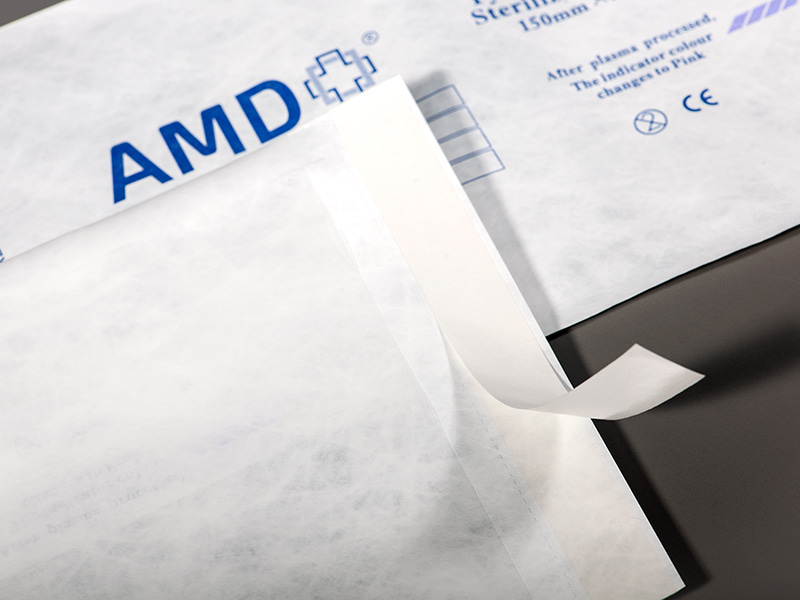
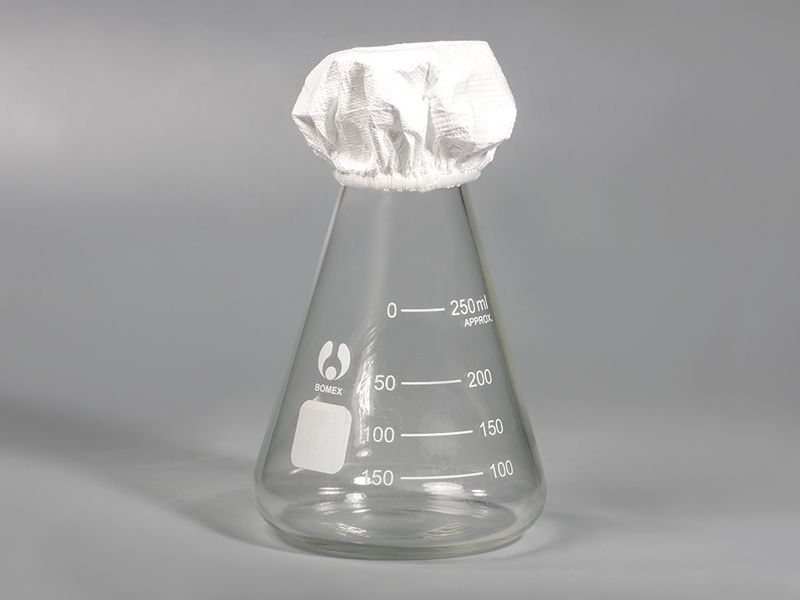



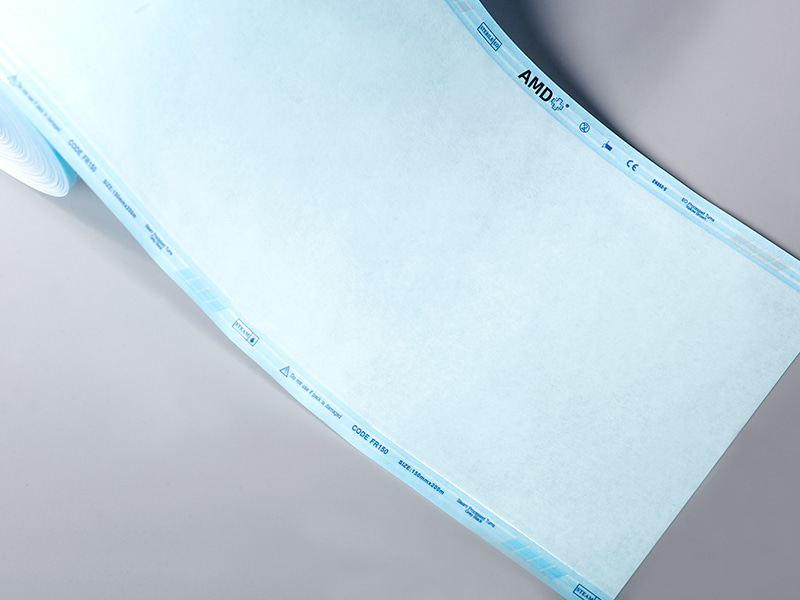
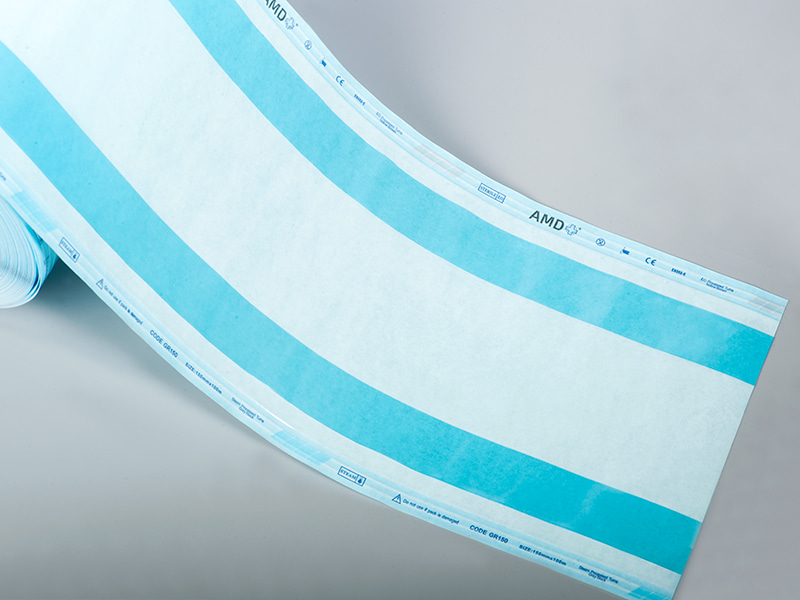





 ‘s-Gravenweg 542, 3065SG RotterdamThe Netherlands
‘s-Gravenweg 542, 3065SG RotterdamThe Netherlands
 +31 (0)10 254 28 08
+31 (0)10 254 28 08
